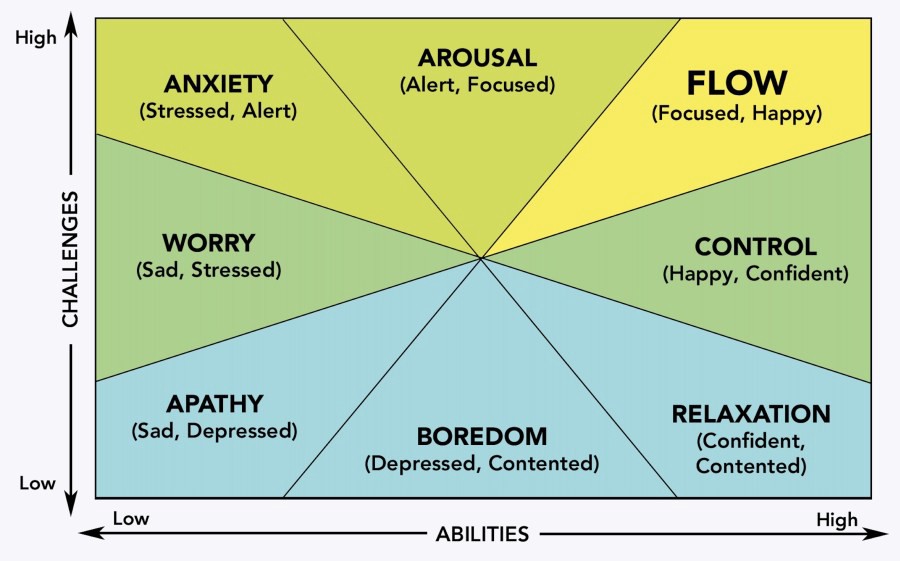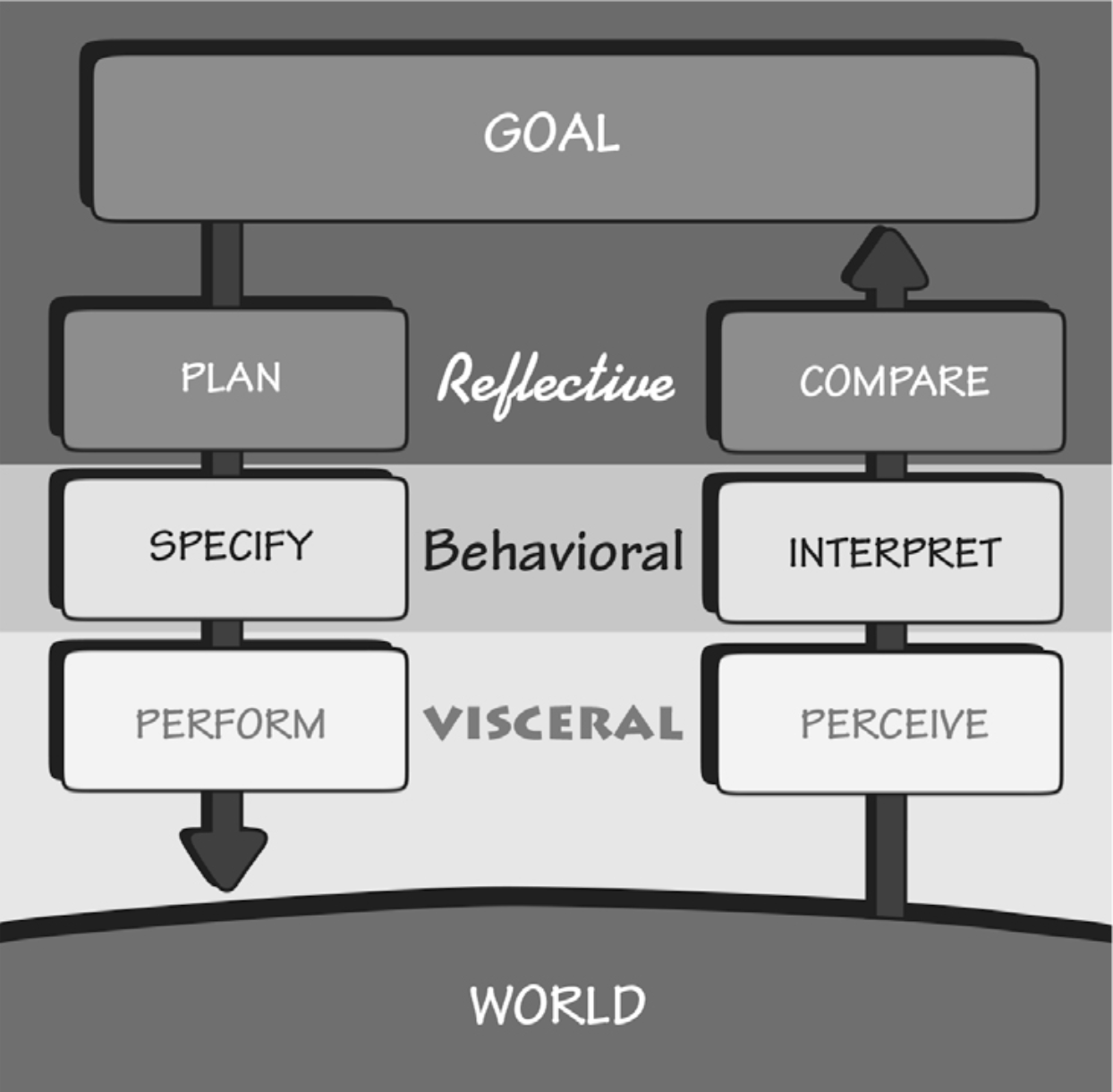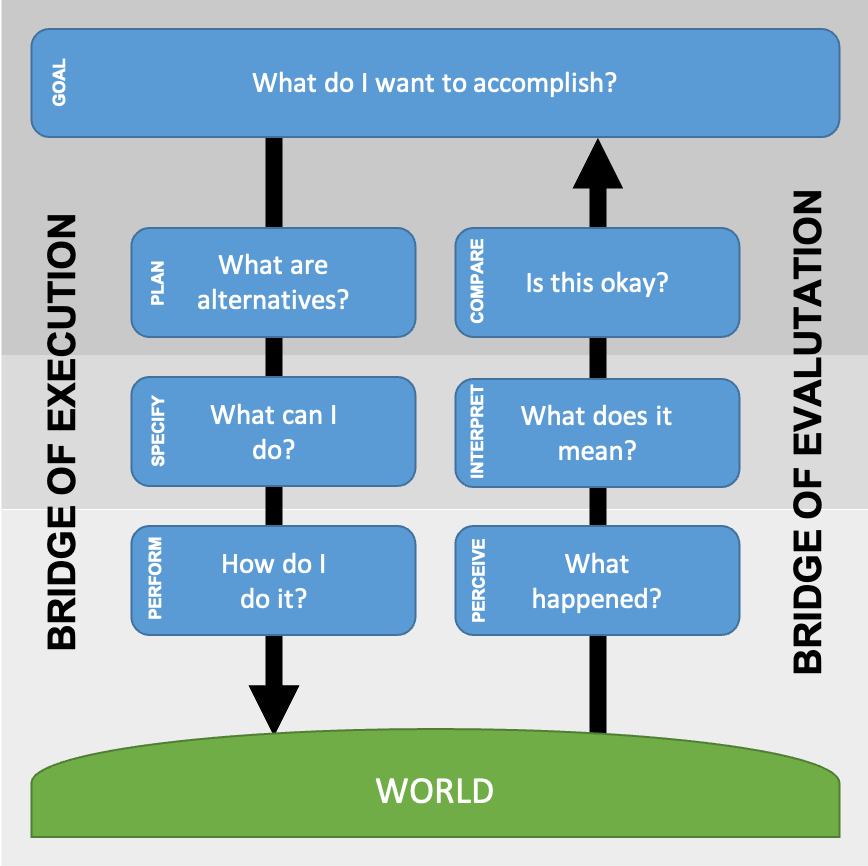DDQ WED 2023-02-08
14. Three Levels of Processing¶
14.1. Agenda¶
Released |
Category |
Assignment |
Day |
Date |
|---|---|---|---|---|
2023-01-10 |
Term Project |
FRI |
2023-01-20 |
|
2023-01-19 |
Paper Pres. |
THU |
2023-01-26 |
|
2023-01-19 |
Term Project |
Milestone 1: Problem Proposal (Part 1) |
FRI |
2023-01-27 |
2023-01-19 |
Paper Pres. |
THU |
2023-02-09 |
|
2023-01-19 |
Term Project |
Milestone 1: Problem Proposal (Part 2) |
FRI |
2023-02-10 |
2023-02-07 |
Exams |
FRI |
2023-02-10 |
|
2023-02-07 |
Exams |
TUE |
2023-02-14 |
|
2023-02-16 |
Term Project |
FRI |
2023-03-17 |
|
2023-03-20 |
Term Project |
FRI |
2023-04-14 |
|
2023-03-28 |
Exams |
FRI |
2023-04-21 |
|
2023-03-28 |
Exams |
THU |
2023-04-27 |
|
2023-03-28 |
Term Project |
TUE |
2023-05-09 |
General Announcements
Important: Prepare for Exam 1 Quiz
The “Prepare for Exam 1 Quiz” assignment is available on the course eLC website under the “Exams” tab. It is not an assignment that is worth any points. Its sole purpose is to provide you with an assignment that you can use to test your computer setup prior to the first exam. Please utilize it.
Important: Exam 1
The exam is online and requires the Respondus LockDown Browser and a webcam. If you are unable or unwilling to install this software on your computer (or you do not have access to a webcam), then you may request to borrow a laptop (with webcam) online from the Miller Learning Center through the MLC Technology Lending Program. When making your request, be sure to let them know that you need it to work with Respondus LockDown Browser and Respondus Monitor.
Activity
14.2. Activity¶
14.2.1. Introduction¶
In a prior discussion, we discussed the Norman’s Seven Stages of Action, an explanatory theory and theoretical framework for human-computer interaction based on a feedback loop: users turn their goals into actions, then use changes in the world around them to determine if they’ve met those goals.
Representing interaction between a person and a dynamic system as a simple feedback loop is a good first approximation. It forefronts the role of information looping through both person and system. Perhaps more important, it asks us to consider the user’s goal, placing the goal in the context of information theory […]
—Dubberly, Pangaro, and Haque. 2009.
14.2.2. Levels of Processing¶
Each stage in Norman’s theory can be mapped to one of three levels of cognitive and emotional processing: visceral, behavioral, and reflective:
- three levels of processing¶
Part of Norman’s theory, the three levels of processing are visceral, behavioral, and reflective; they provide an approximate model of human cognition and emotion [DOET].
- visceral level¶
The lowest level of cognitive and emotional processing in Norman’s theory, including the control of simple muscles and sensing the state of the world and body [DOET].
Engineers and other logical people tend to dismiss the visceral response as irrelevant. Engineers are proud of the inherent quality of their work and dismayed when inferior products sell better “just because they look better.”
—Don Norman
- behavioral level¶
The middle level of cognitive and emotional processing in Norman’s theory, including learned skills. It’s sensitive to the expectations of the action sequence and interpretations of the feedback [DOET].
- hot-cold empathy gap¶
Concerns the difficulty that people in a “cold state” (not under the influence of a visceral factor) have when predicting or remembering what it is like to be in a “hot state” (under the influence of a visceral factor) [R1]. This gap can lead people to think they (or others) are acting irrationally.
- reflective level¶
The highest level of cognitive and emotional processing in Norman’s theory, including conscious cognition, goals, task planning, and our evaluations of what actually happened [DOET].
You may have encountered the phrase, “in the flow (or zone),” which many users experience when they are highly proficient at completing or engaging in a challenging task:
- flow¶
An emotional state that accompanies complete immersion into an activity.

Fig. 14.1 Mental state in terms of challenge level and skill level, according to flow model described by Csikszentmihalyi [R2], a Hungarian-American psychologist who recognized and named the psychological concept of “flow” in 1975.¶
14.2.3. Relationship with the Seven Stages of Action¶
In Fig. 14.2, we see the Seven Stages of Action mapped to each of the three levels of processing.

Fig. 14.2 Levels of Processing and the Stages of the Action Cycle¶
14.2.4. Design Aids¶
If you frame each stage as a question, then the result is a checklist that designers can use in their pursuit to understand the conceptual models formed by themselves and others for a given task.

Fig. 14.3 The Seven Stages of Action as Design Aids¶
- feedback
In Norman’s theory, the questions that help explain the evaluation of a task. The term feedback is also discussed in the Foundations module.
14.2.5. Norman’s Principles of Good Design¶
According to Norman, the following design-related principles follow from his theoretical framework for human-computer interaction:
- Norman’s Principles of Good Design¶
Discoverability
It is possible to determine what actions are possible and the current state of the device.
Feedback
There is full and continuous information about the results of actions and the current state of the product or service. After an action has been executed, it is easy to determine the new state.
Conceptual Model
The design projects all the information needed to create a good conceptual model of the system, leading to understanding and a feeling of control. The conceptual model enhances both discoverability and evaluation of results.
Affordances
The proper affordances exist to make the desired actions possible.
Signifiers
Effective use of signifiers ensures discoverability and that the feedback is well communicated and intelligible.
Mappings
The relationship between controls and their actions follows the principles of good mapping, enhanced as much as possible through spatial layout and temporal contiguity.
Constraints
Providing physical, logical, semantic, and cultural constraints guides actions and eases interpretation.
14.2.6. Food for Thought¶
Having trouble using something? Ask yourself where the problem lies. At which of the Seven Stages of Action does it fail? Which of Norman’s Principles of Good Design are deficient?
Don’t criticize unless you can do better.
—Don Norman
Recognize that most of our interactions with products are actually interactions with a complex system: good design requires consideration of the entire system to ensure that the requirements, intentions, and desires at each stage are faithfully understood and respected at all the other stages.
—Don Norman
14.2.7. Breakout Groups¶
Note
As discussed during class, the in-class portion of this DDQ has been moved into to the “After Class” area below along with some modifications.
14.2.8. After Breakout Groups¶
N.A.
14.2.9. After Class¶
Before the next class period, individually respond to one of the prompts (i.e., A, B, or C) in a followup discussion to Piazza @52. You should pick your prompt based on the result of plugging your “81x” number into the formulas in the table below (you may use this modulo calculator if you are rusty or unfamiliar with how to evaluate the formulas):
Formula
Letter
Prompt
\(81\dots \mod 3 = 0\)
A
Visceral
\(81\dots \mod 3 = 1\)
B
Behavorial
\(81\dots \mod 3 = 2\)
C
Reflective
A. Visceral
According to Norman, the visceral responses that are important for designers pertain to users’ immediate perceptions of a design. With that in mind, what are some notable situations and tasks that were so good or bad that you remember or acknowledge your visceral response to them?
Describe at least one good example and one bad example.
Provide pictures or illustrations, if possible (and appropriate), to help others understand your examples.
B. Behavioral
According to Norman, the most critical aspect of the behavioral level for designers is that every action be associated with an expectation. In general, it’s good when user expectations are met and bad when they’re not; however, the precise classification can differ depending on if a mismatch between expectation and interpretation leads to learning. With that in mind, whare are some notable situations and tasks that were so good or bad that you remember or acknowledge your behavioral response to them?
Describe at least one good example and one bad example.
Provide pictures or illustrations, if possible (and appropriate), to help others understand your examples.
C. Reflective
According to Norman, reflection is cognitive, deep, and slow, and it’s where users evaluate circumstances, actions, and outcomes, often assessing blame or responsibility. With that in mind, whare are some notable situations and tasks that were so good or bad that you remember or acknowledge your reflective response to them? In your response, consider whether you accepted or assigned responsibility for the success or failure of a related action, and whether the action caused any one to feel guilt or pride.
Describe at least one good example and one bad example.
Provide pictures or illustrations, if possible (and appropriate), to help others understand your examples.
Continue reading the Usability module.
Here is a list of current assignments:
Released
Category
Assignment
Day
Date
2023-01-10
Term Project
FRI
2023-01-20
2023-01-19
Paper Pres.
THU
2023-01-26
2023-01-19
Term Project
Milestone 1: Problem Proposal (Part 1)
FRI
2023-01-27
2023-01-19
Paper Pres.
THU
2023-02-09
2023-01-19
Term Project
Milestone 1: Problem Proposal (Part 2)
FRI
2023-02-10
2023-02-07
Exams
FRI
2023-02-10
2023-02-07
Exams
TUE
2023-02-14
2023-02-16
Term Project
FRI
2023-03-17
2023-03-20
Term Project
FRI
2023-04-14
2023-03-28
Exams
FRI
2023-04-21
2023-03-28
Exams
THU
2023-04-27
2023-03-28
Term Project
TUE
2023-05-09
